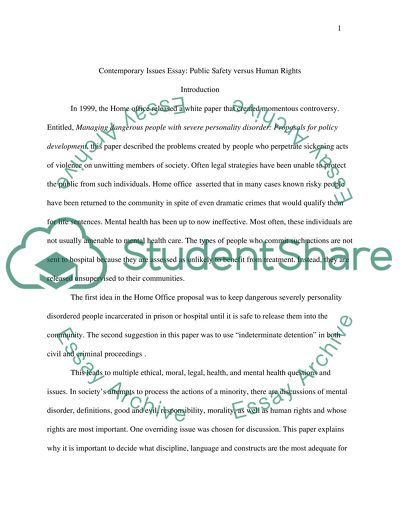Cite this document
(“Public Safety and Human Rights Book Report/Review”, n.d.)
Public Safety and Human Rights Book Report/Review. Retrieved from https://studentshare.org/sociology/1502302-public-safety-and-human-rights
Public Safety and Human Rights Book Report/Review. Retrieved from https://studentshare.org/sociology/1502302-public-safety-and-human-rights
(Public Safety and Human Rights Book Report/Review)
Public Safety and Human Rights Book Report/Review. https://studentshare.org/sociology/1502302-public-safety-and-human-rights.
Public Safety and Human Rights Book Report/Review. https://studentshare.org/sociology/1502302-public-safety-and-human-rights.
“Public Safety and Human Rights Book Report/Review”, n.d. https://studentshare.org/sociology/1502302-public-safety-and-human-rights.


